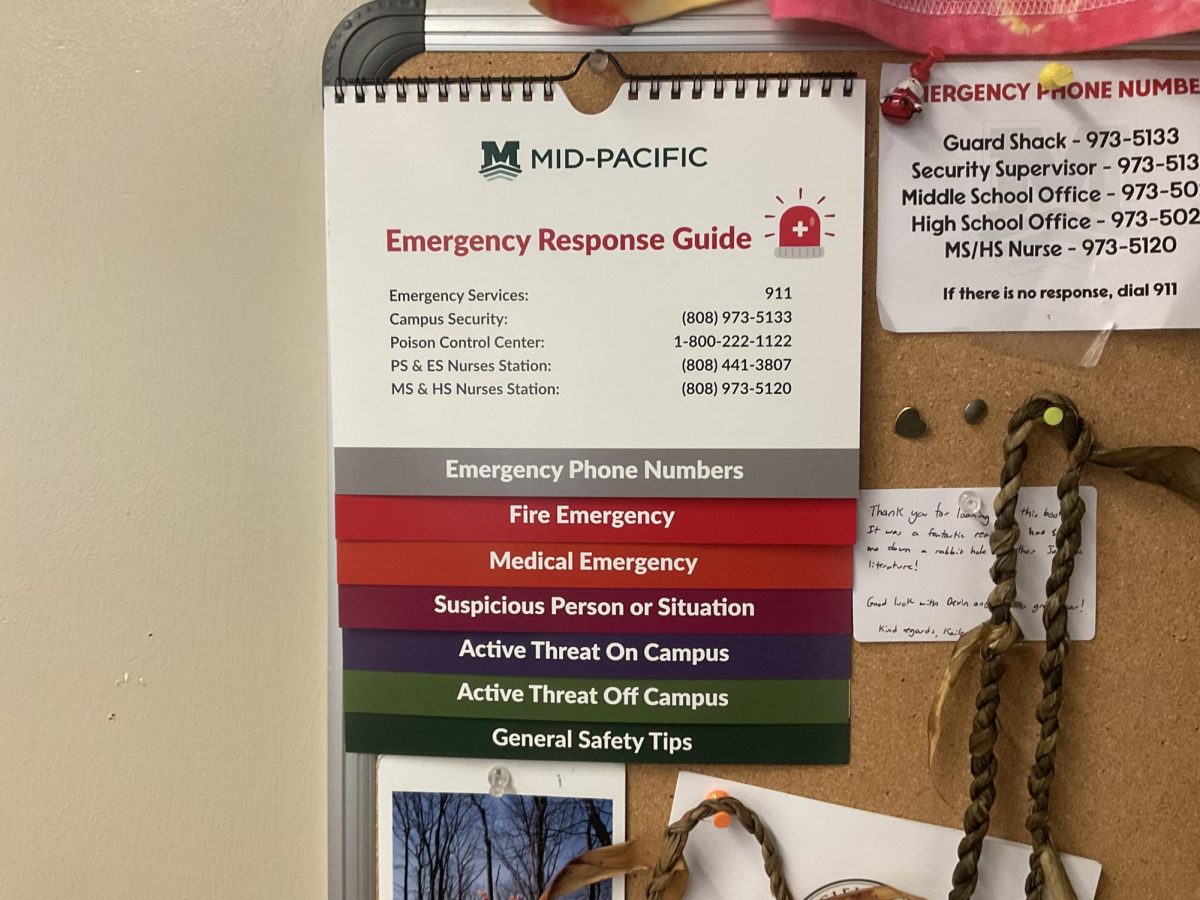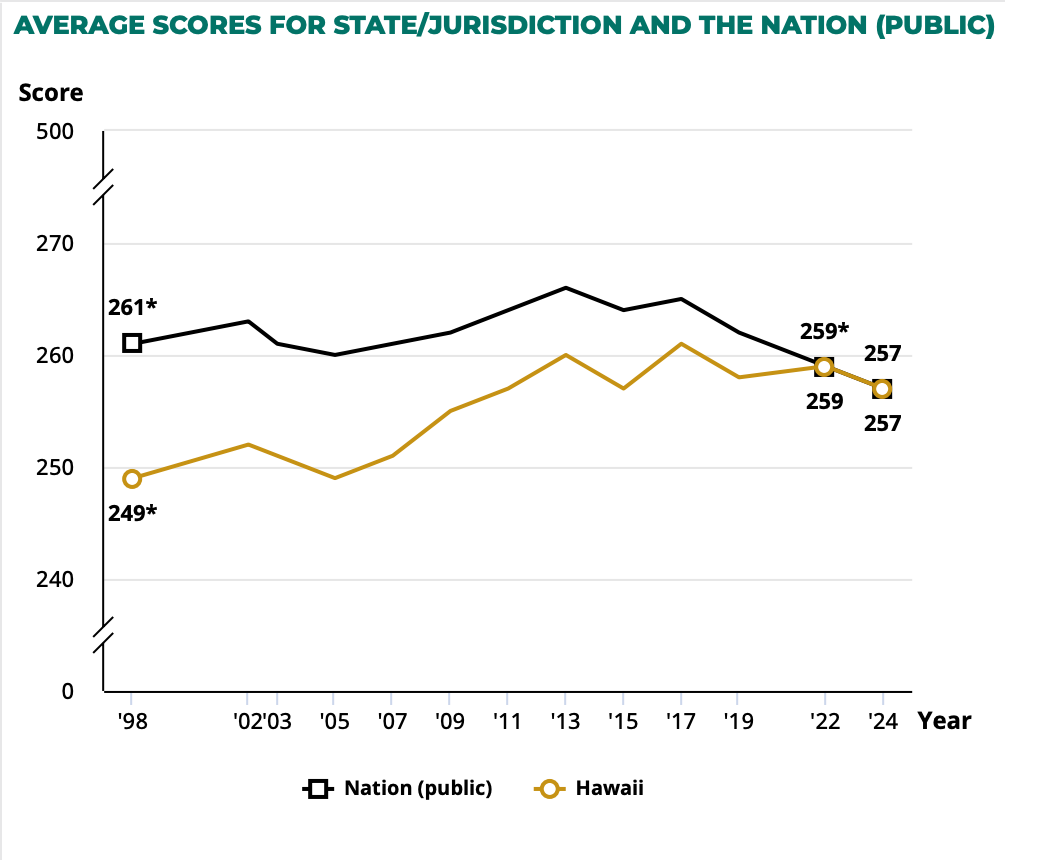How to Reduce Your Carbon Footprint With a Rise in Carbon Emissions Globally
April 14, 2023
With drenching storms in California, and a freezing vortex descending upon eastern states, climate change remains on our radar. So, what is a caring citizen to do?
While it may seem small, each contribution that combats the excessive emission of carbon dioxide can lead to impactful results.
“Many people often shrug off reducing their carbon emissions because they feel as if their individual contributions won’t change the state of the world. But what they don’t realize is if a whole community participates in carbon emission reduction, then there will be significant change,” Junior Haya Stein, the head of the Leaders in Environmental Action for the Future (LEAF) club said.
Leaders in Environmental Action for the Future (LEAF) is a school-wide club that helps advocate and combat excessive carbon emissions. The majority of its members are high school students who believe in the fight against climate change.
“In our club, we get the chance to show our love for the environment.” Junior Camryn Hobbs, member of LEAF said.
The trail of carbon emissions that you produce is individually known as your “Carbon Footprint”. This most commonly entails transportation (gas cars), online shopping, home appliances, gas-powered tools, and traveling.
According to Our World in Data, there was a total of six billion tons of carbon dioxide released into the atmosphere during the 1950s. In the following decades, the total quadrupled into twenty-two billion metric tons of carbon dioxide in 1990.
Now, in current times, we can see a total of thirty-four billion tons of carbon dioxide released into the atmosphere each year. Our carbon emissions are steadily increasing to the 2.3 trillion metric tons of carbon dioxide released during the Industrial Revolution, which keep in mind, spanned nearly a century long.
According to Stein and the New York Times, here are some ways to help reduce your carbon at home or at your convenience:
Carpool with family and friends to various places such as school, athletics practice, etc… This helps reduce carbon emissions from gas cars. This merely requires you to plan a little extra than usually would for a normal trip.
Take public transportation. City buses are perfect if you are traveling in the inner city. However, city buses can seem a little dangerous for young children. Taking the bus recuses your use of a gas car which lowers your carbon footprint.
Drive electric. Many automotive companies are producing electric cars or at least hybrid cars. Electric cars produce zero emissions and are perfect cars to be driving to lower your carbon footprint. However, you must do some research on your automobile, because some electric cars produce some emissions such as hybrid cars.
Reduce online shopping. Your products arrive through shipping which is either by boat or plane. Both produce an abundance of carbon dioxide. An eco-friendly alternative would be to shop locally and support locally-owned businesses.
Eat locally grown produce. Like online shopping, the shipment of produce and other groceries releases carbon dioxide into our atmosphere. When eating locally-grown produce, you can also support your local farm, and there are many health benefits to eating organic.
“In our club we have been working with the idea of the importance of plants, and how they contribute the most help to our carbon emissions.” Stein said.
According to Stein, certain plants – which are special to their own environment – help out by absorbing the carbon dioxide in that area.
The LEAF club suggests that students can help combat carbon emissions by supporting local plant shops, as well as growing your own local garden.
Carbon dioxide (CO2), a gas that connects a single carbon atom with two oxygen atoms via a covalent bond, is most commonly known as a greenhouse gas. According to the United States Environmental Protection Agency, a greenhouse gas traps heat into our atmosphere which is the leading cause of global warming.
“It’s so sad to see how much carbon emissions cars and companies are releasing into the atmosphere. And most people are not educated on this issue and don’t realize how they are also contributing to the problem through their everyday habits. I hope we can continue to educate students on this matter and work with them to invent solutions.,” said Keeley Cestare, IB Spanish teacher and environmental advocate.







